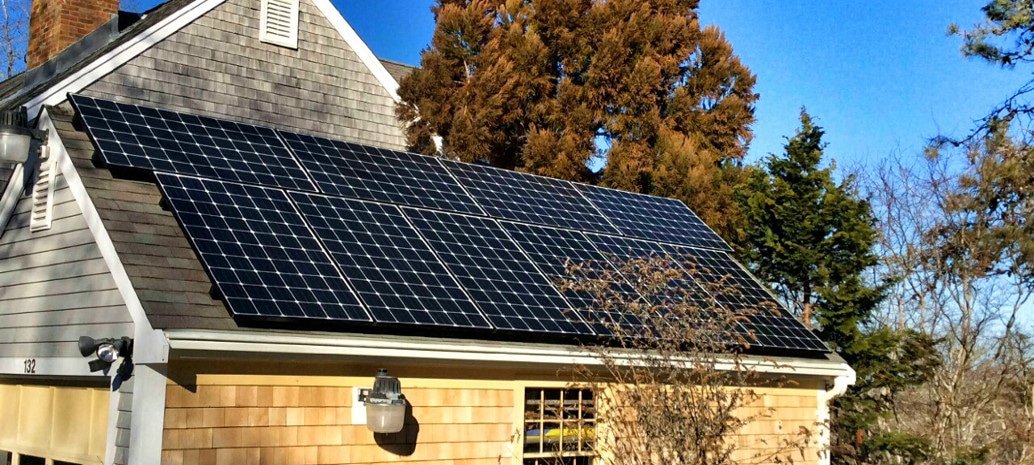When Massachusetts Governor Charlie Baker took office in three years ago, there was some doubt about whether the new governor, a Republican, would show the same commitment to solar as did former governor Deval Patrick.
Baker quickly dispelled those doubts by not only doubling Patrick’s goal for the state to install 1,600 MW of solar, but also beginning a process that would create one of the most sophisticated incentive systems for solar in the nation – the SMART program – as the successor to the state’s Solar Renewable Energy Credit (SREC) system.
This week the Baker Administration announced that Massachusetts has now reached more than 2 GW of installed PV in 78,646 installations, with 351 of the state’s cities and towns hosting at least one installation. According to U.S. Department of Energy data, Massachusetts was getting 4.7% of its electricity from solar in the first 11 months of 2017, one of the highest portions among states east of the Rocky Mountains.
What is remarkable about this accomplishment is that it has been done largely through rooftop solar and with fewer large projects. Unlike California and other western states with large areas of open land that can host enormous solar plants, Massachusetts’ historically dispersed land settlement and ownership patterns means that the state’s largest single-site solar project is only 14 MW, and the average system size is only 25 kW.
The Baker Administration notes that more than half of this has been installed under its purview. However, the first few years’ worth have been under policies set by Governor Patrick, and Massachusetts’ solar market has seen a rocky last few years. It has been 18 months and counting since the Baker Administration issued the first draft of the SMART program, and despite the extension of the SREC-2 program, the wait and uncertainty around the new policy has been difficult for installers.
More significantly, the state still has caps on its net metering program, which have been hit in the service area of utility National Grid. And while residential and some small commercial installations are exempt from these caps, the state’s residential market has fallen sharply as the result of the pull-back of Tesla/SolarCity and Vivint. GTM Research estimates that volume deployed in this segment fell 49% in 2017.
Finally, the state’s Department of Public Utilities has recently allowed Eversource to impose a demand charge on small-scale PV system owners, the first such demand charge that a state regulatory body has allowed for residential customers anywhere in the United States.
And while the SMART program has been widely praised as a well-crafted and efficient incentive system, the combination of these other policy concerns means that the future of the state’s solar market is still cloudy.
This content is protected by copyright and may not be reused. If you want to cooperate with us and would like to reuse some of our content, please contact: editors@pv-magazine.com.









By submitting this form you agree to pv magazine using your data for the purposes of publishing your comment.
Your personal data will only be disclosed or otherwise transmitted to third parties for the purposes of spam filtering or if this is necessary for technical maintenance of the website. Any other transfer to third parties will not take place unless this is justified on the basis of applicable data protection regulations or if pv magazine is legally obliged to do so.
You may revoke this consent at any time with effect for the future, in which case your personal data will be deleted immediately. Otherwise, your data will be deleted if pv magazine has processed your request or the purpose of data storage is fulfilled.
Further information on data privacy can be found in our Data Protection Policy.